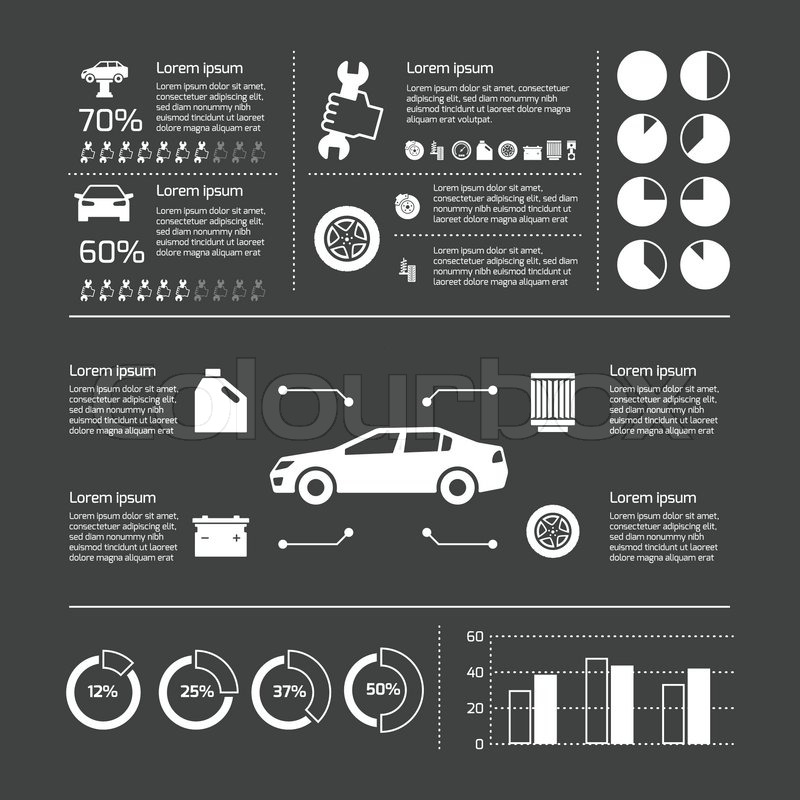Recognizing Your Vehicle'S Warning Lighting: What Do They Really Mean?
Recognizing Your Vehicle'S Warning Lighting: What Do They Really Mean?
Blog Article
Web Content By-Termansen Gilbert
When you're behind the wheel, those beautiful warning lights on your control panel can be a little bit complicated. Do you understand what they're trying to inform you about your vehicle's wellness? Comprehending the value of these lights is crucial for your safety and the long life of your lorry. So, the next time one of those lights turns up, would not you wish to decipher its message accurately and take the needed steps to address it?
Common Warning Lights and Interpretations
Determine typical caution lights in your cars and truck and recognize their significances to make certain secure driving.
The most normal warning lights consist of the check engine light, which signifies concerns with the engine or exhausts system. If this light comes on, it's crucial to have your lorry examined immediately.
The oil pressure warning light shows low oil pressure, calling for prompt focus to avoid engine damage.
A blinking battery light may suggest a faulty charging system, potentially leaving you stranded if not resolved.
The tire pressure tracking system (TPMS) light alerts you to low tire stress, influencing car security and gas performance. Ignoring this might result in unsafe driving problems.
The abdominal muscle light shows a problem with the anti-lock stopping system, endangering your capacity to stop promptly in emergency situations.
Last but not least, the coolant temperature alerting light warns of engine overheating, which can lead to severe damages otherwise dealt with promptly.
Comprehending these typical caution lights will certainly aid you resolve problems without delay and maintain safe driving conditions.
Significance of Prompt Focus
Understanding the common warning lights in your vehicle is just the initial step; the significance of immediately addressing these cautions can't be emphasized sufficient to ensure your safety when traveling.
When a caution light illuminates on your control panel, it's your auto's means of communicating a potential issue that requires focus. Overlooking these warnings can lead to much more serious troubles down the road, compromising your security and possibly costing you much more in repairs.
Prompt interest to advising lights can stop break downs and crashes. As an example, a flashing check engine light can suggest a misfire that, if left ignored, could cause damages to the catalytic converter. Resolving this promptly can conserve you from a costly fixing.
Likewise, a brake system warning light may indicate low brake fluid or used brake pads, essential components for your safety when driving.
DIY Troubleshooting Tips
If you discover a warning light on your control panel, there are a few do it yourself fixing ideas you can attempt before seeking professional assistance.
https://www.ky3.com/2022/01/11/auto-body-shops-ozarks-report-delays-scheduling-repairs-partly-due-supply-chain-issues/ is to consult your automobile's manual to comprehend what the specific warning light indicates. Sometimes the issue can be as easy as a loose gas cap setting off the check engine light. Tightening up the gas cap may solve the issue.
best car detailing auckland is a low battery, which can cause different cautioning lights. Checking the battery connections for deterioration and guaranteeing they're safe and secure may repair the issue.
If a warning light continues, you can attempt resetting it by detaching the cars and truck's battery for a couple of mins and then reconnecting it. Furthermore, examining your car's fluid degrees, such as oil, coolant, and brake fluid, can help repair alerting lights related to these systems.
Final thought
To conclude, recognizing your cars and truck's warning lights is essential for maintaining your automobile running smoothly and securely. By immediately addressing these alerts and knowing what they suggest, you can stay clear of expensive repairs and potential malfunctions.
Keep in mind to consult your cars and truck's guidebook for certain details on each cautioning light and do something about it accordingly to guarantee a hassle-free driving experience.
Remain notified, remain risk-free on the road!
